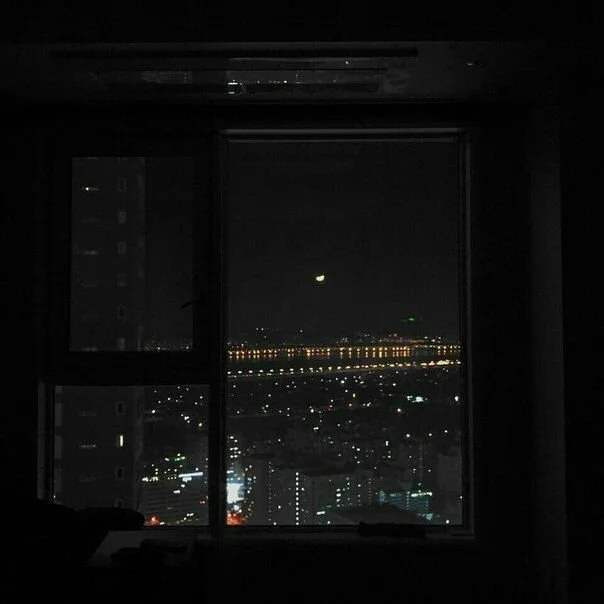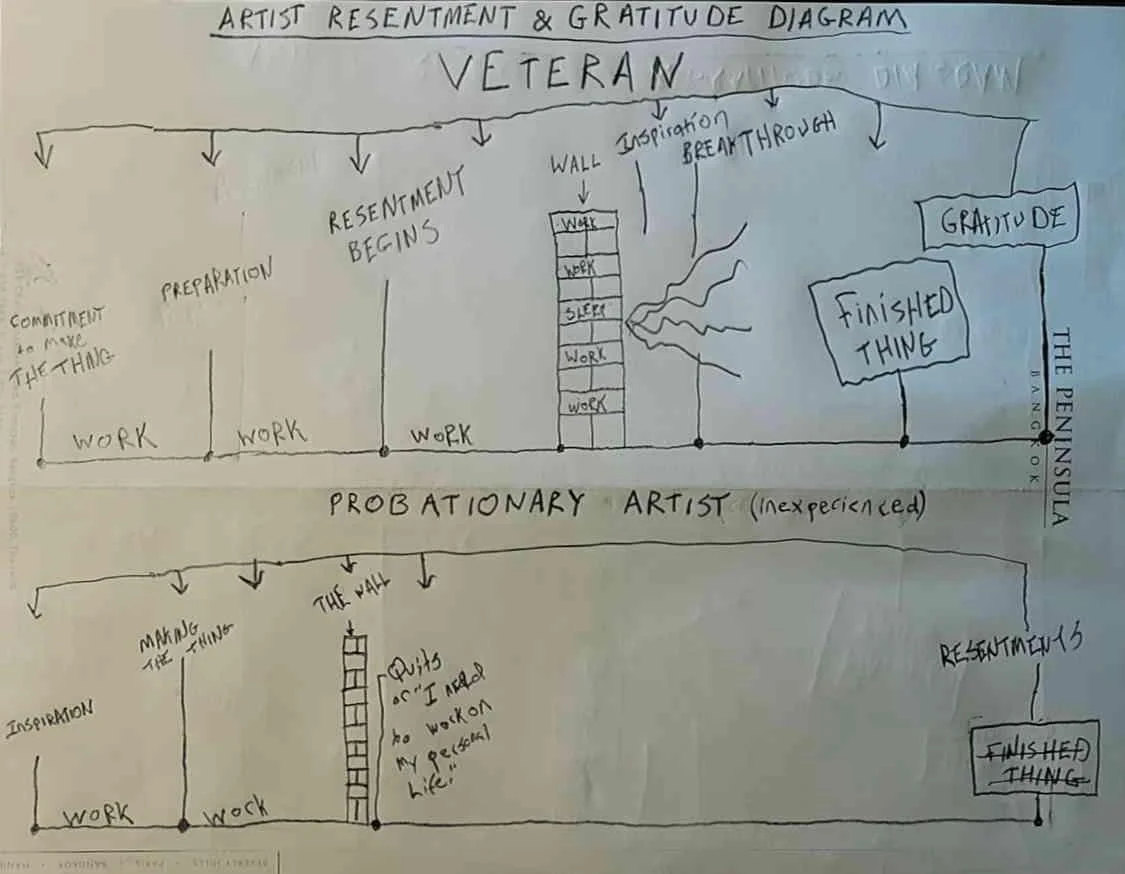Newsletter: Give A Fucks
I often struggle with remembering to breathe, a fundamental aspect of our existence. A prick behind my eyes signals impending tears; my throat tightens, and my nose stings. I'm moved by things in ways I can't fully comprehend—both good and bad.
Occasionally, laughter triggers tears, a momentary relief in feeling accepted. Yet, deep down, I care more than I admit; my emotions, like a wooden nose, have grown miles ahead, with a tree house built on its bridge by neighborhood children.
My internal dialogues resemble a toddler navigating truth-telling with a parent. Fear of ridicule or the need to apologize for feeling hinders my honesty. Why do emotions exist? I don't summon them willingly, and they often overstay their welcome, lingering like bad breath or a socially awkward friend. Ideally, I'd swiftly usher negative feelings out of my life, akin to expelling an intruder.
Feelings, at times, feel useless, unsolicited, self-created nightmares. A dream of a box, conjured by my mind, startles me upon opening, even though I'm the architect of the scene. Emotions surprise us, revealing different versions of ourselves like changing outfits. Choosing the right emotional "attire" for any occasion, akin to donning a metaphorical scarf and calling it happiness, becomes a skill not taught in school. Emotional regulation remains a taboo, a conversation reserved for private moments, resembling the discreet handling of personal matters in the bathroom.
Let's be brutally honest about our head standing tendencies. Ever get the urge to pull a ridiculous move mid-conversation or fabricate an elaborate tale about the secrets stashed in your drawers? Not the scandalous kind—more like the space where forgotten dreams mingle with rogue pens and half-baked project post-its. My junk drawer, a metaphor for dreams deferred, echoes the struggle between desires and the relentless call of financial, administrative, and capitalistic chores. If we laid bare the buried parts of ourselves, we'd realize our suffering isn't a solo act; it's a collective symphony.
Shifting perspective is key. Those abandoned dreams? Consider them archives of ideas that met their natural end and transformed. The uncompleted novel? It's not defeat; it's your evolving taste outgrowing past concepts. Art, like us, evolves, and some ideas need time to mature. Don't beat yourself up if that novel is still halfway done three years later; it just means your taste has refined.
Now, this perspective doesn't excuse slacking off. Artists navigate phases—inspiration, work, a block, and sometimes, contemplating quitting. Van Neistat's 'Artist Resentment and Gratitude Diagram' in "Why Veteran Artists Don't Quit" brilliantly captures this rollercoaster of emotions most artists ride while creating.
Commencing with the grand ambition of birthing "the thing," the artist vows to triumph over any hurdles. Next in line, meticulous preparation ensures no interruption due to lackadaisical material gathering – because no masterpiece was ever made with a shortage of glitter glue, right? Then, as the artist delves into the nitty-gritty work, resentment kicks in; the frustration of juggling success-related chaos (shows, press, interviews, networking, and the necessary evils of small talk). Cue the wall – that inevitable obstacle every artist encounters. While rookies might hit it and slump, seasoned artists scale it, chiseling through distractions to unearth inspiration on the other side. This brings us to the grand finale: completing "the thing." The last act? Appreciation, not just for the art but for the entire tumultuous journey – the testament to an artist's resilience and strength. For a raw and inspirational dose, check out the video here. It's a rollercoaster, but hey, what masterpiece wasn't?


